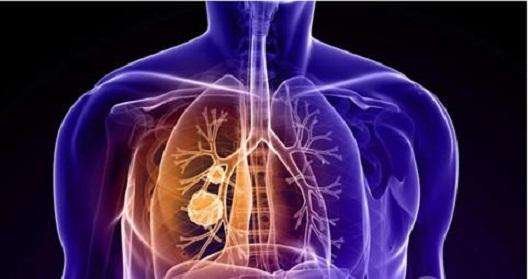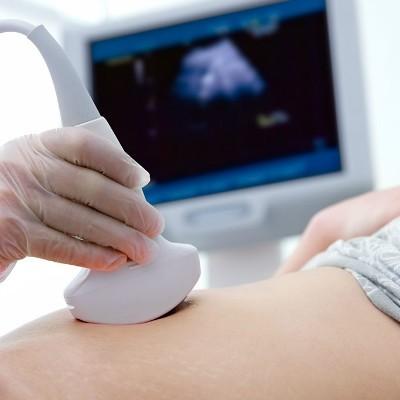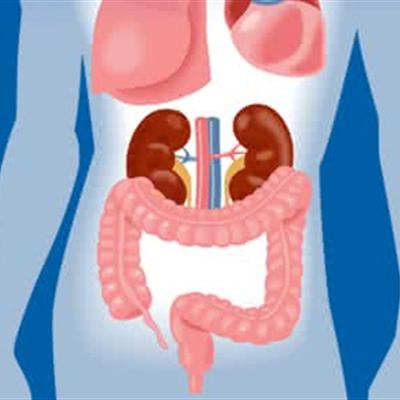Symptoms of CO poisoning
summary
Carbon monoxide poisoning is the product of incomplete combustion of carbonaceous substances, which is caused by inhalation through respiratory tract. The mechanism of poisoning is that the affinity of carbon monoxide and hemoglobin is 200-300 times higher than that of oxygen and hemoglobin, so carbon monoxide is easy to combine with hemoglobin to form carboxyhemoglobin, which makes hemoglobin lose the ability and function of carrying oxygen and cause tissue asphyxia. It has toxic effect on tissue cells of the whole body, especially on cerebral cortex. Symptoms of CO poisoning? Let's talk about it
Symptoms of CO poisoning
The time of poisoning is short, the carboxyhemoglobin in blood is 10% - 20%. The early symptoms of poisoning include headache, dizziness, palpitation, nausea, vomiting, weakness of limbs, and even transient fainting. Generally speaking, the patient is still conscious and inhales fresh air. After leaving the toxic environment, the symptoms disappear rapidly and no sequelae is left.

The time of poisoning is a little longer. Carboxyhemoglobin in blood accounts for 30% - 40%. On the basis of mild symptoms, collapse or coma may occur. The skin and mucous membrane are cherry red. If the rescue is timely, the patient can wake up quickly and recover completely within a few days, generally without sequelae.

It is found that if the time is too late, too much gas is inhaled, or high concentration of carbon monoxide is inhaled in a short time, the concentration of carboxyhemoglobin in blood is often more than 50%. The patient presents with deep coma, disappearance of various reflexes, incontinence of urine and urine, cold limbs, decreased blood pressure, shortness of breath, and will soon die. In general, the longer the coma time, the more serious the prognosis, often leaving dementia, memory and understanding decline, limb paralysis and other sequelae.

matters needing attention
1. It should be widely publicized that there should be safety settings (such as chimney, small ventilation window, air funnel, etc.) when indoor coal fire is used, to explain the possible symptoms of gas poisoning and first aid knowledge, especially to emphasize the harm and severity of gas to infants. The installation of coal stove chimney should be reasonable. The coal stove without chimney should be placed outdoors at night. 2. Do not use obsolete water heaters, such as direct discharge water heaters and flue water heaters, both of which are prohibited from production and sale by the state; Do not use extended service water heater; It's better to ask professionals to install the water heater. It's not allowed to install, remove or refit the gas appliance by yourself. Don't close the doors and windows of the bathroom when you shower in winter. Don't shower too long.














